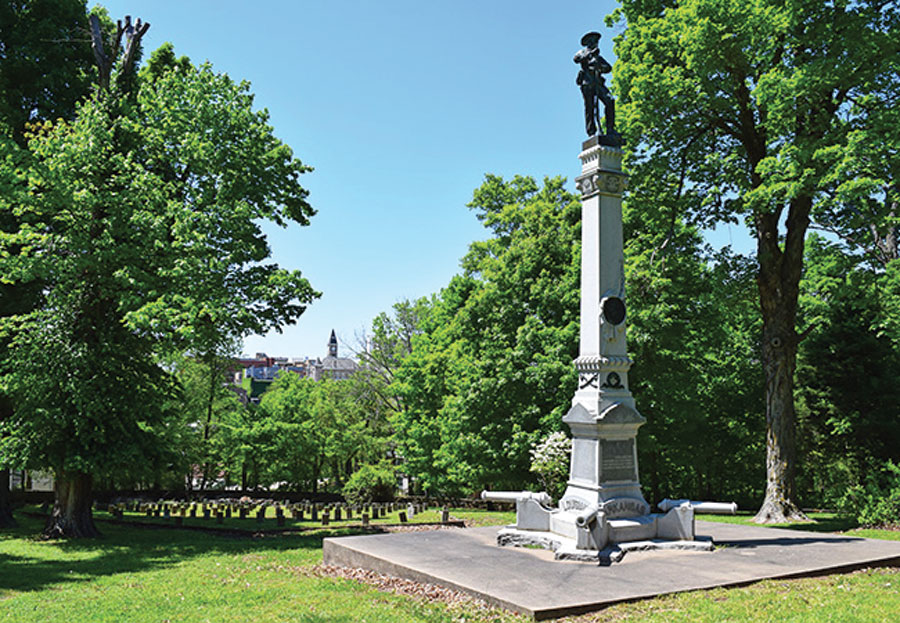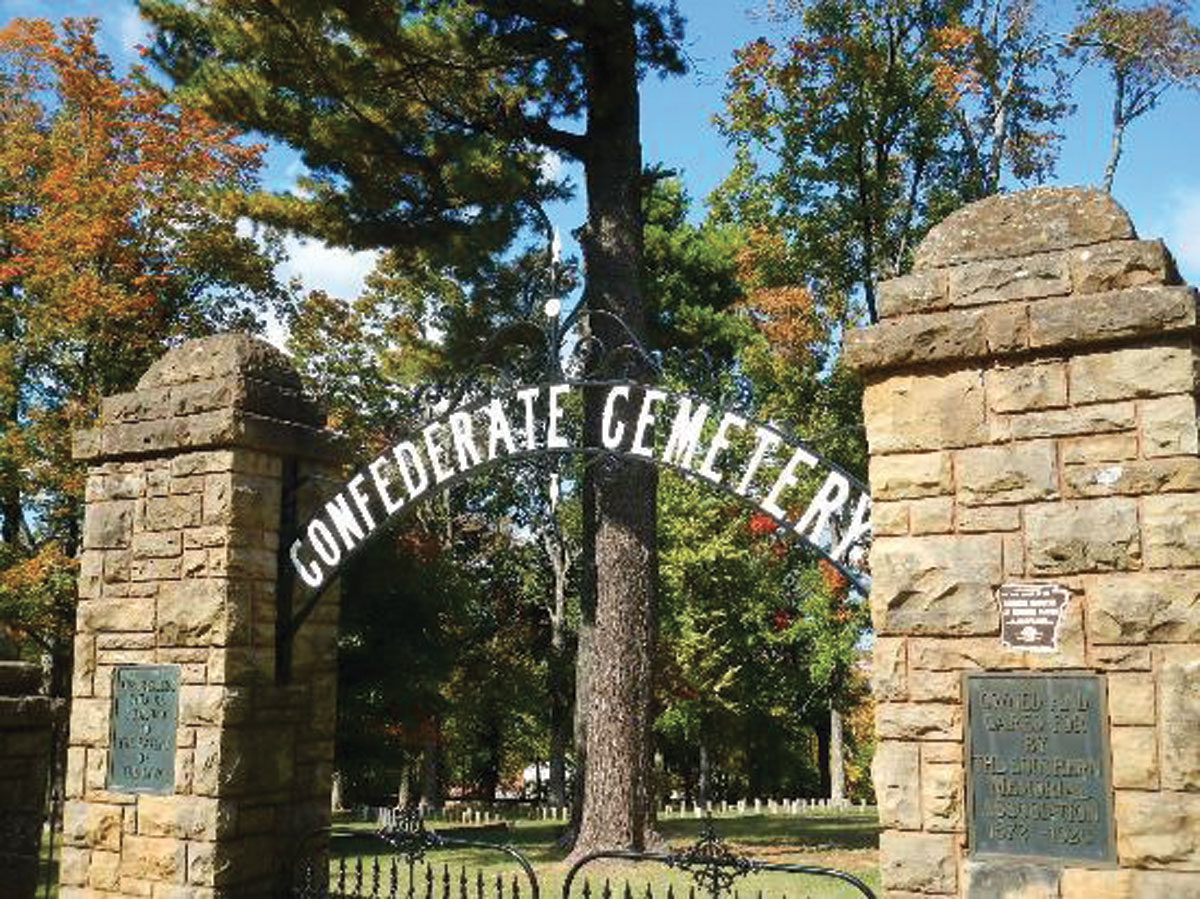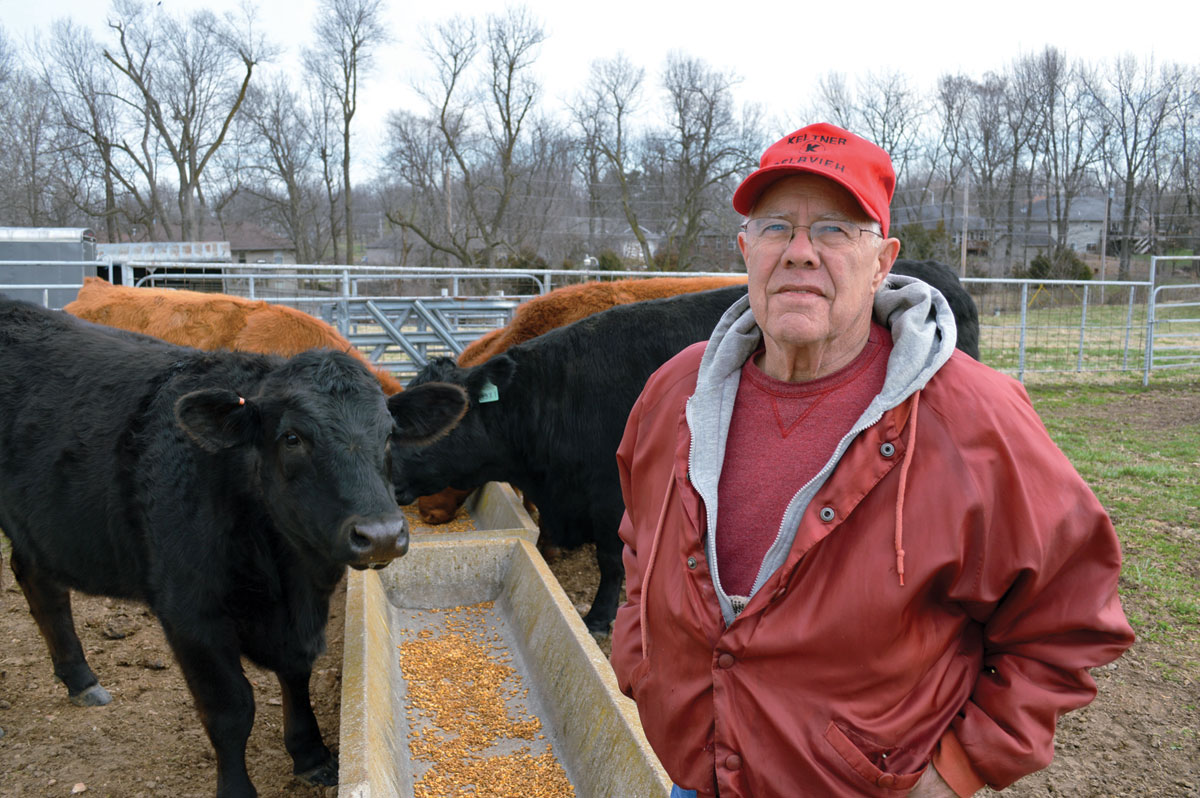
A group of women joined together to give Confederate soldiers a final resting place
Have you ever gotten in your car with your best pal and decided to drive until you found something new?
Fayetteville, Ark., is the home to several historic places with lots of interesting details. On a Sunday drive, you are sure to find something different and unique to write home about.
On a clear day, you can spot the courthouse, the old Washington County Jail and a glimpse of one of Old Main towers, but as you continue your scenic drive you can stumble upon the Fayetteville Confederate Cemetery, that houses a ton of history.
According to Southern Memorial Association, the Civil War, also known as the ‘War Between the States,” was fought between 1861 and 1865, and included the battles of Prairie Grove, Pea Ridge and elsewhere around northwest Arkansas.
More than 600 soldiers who fought during the war are laid to rest in Fayetteville in the Confederate Cemetery.
While the area was very active during the Civil War, how the lost veterans ended up in Fayettville is a bit of history all on its own.
The majority of the war was fought in the Southern States and there was destruction and devastation all over at the end. Lonely graves surrounded the area. Pastures and roadsides held the remains of the Union and Confederate fallen soldiers.
In 1866, Congress passed a bill establishing national cemeteries to collect and bury the Union dead. The National Cemetery was established in Fayetteville in 1867, but only for the Union dead. Over all, the United States government spent in excess of $4 million for the Union dead, but left the Confederate remains where they lay.
A group of Fayetteville women who cared about the Confederate dead were determined to establish a cemetery for those Confederate soldiers who also lost their lives during the war. On June 6, 1872, a “call to the ladies” was printed in the Fayetteville Weekly Democrat urging those that were interested in remembering the Confederate dead from the war meet on June 10 to discuss a way to honor and bury those Confederate soldiers. The group of women put their heads together and came up with a plan.
From that first meeting, the Southern Memorial Association (SMA) was born and began its efforts to commemorate Southern war casualties.
After about a year later, a plot of around 3 acres on East Mountain Street, also known as Mount Sequoyah, was purchased for $150.
The SMA also began locating Confederate graves in Washington County and adjacent areas of Northwestern Arkansas.The remains of the Confederate soldiers were brought to the new cemetery, placed into new coffins and buried in plots that set out compass points to Texas, Arkansas, Louisiana and Missouri. The graves were decorated and the Confederate Cemetery was dedicated on June 10, 1873.
According to the Encyclopedia of Arkansas website, approximately 300 Confederate war dead were buried there at that time; the number eventually grew to about 800 burials.
“Our first year was one of marvelous success at the end of it, and as the result of tireless labor we were able to dedicate to the memory of the soldiers whose bodies were to rest there this cemetery, well enclosed, and three hundred bodies already interred there,” SMA president Lizzie Pollard noted in an interview 25 years later. “The grounds, the fence, the removing of bodies, clearing and improving cemetery, cost us, in round numbers, $1,200. The money for all this was raised by our own labor, by giving suppers, bazaars, theatrical performances, etc.”
Through the years, SMA has kept the memories of the fallen soldiers alive. With the help of volunteers, Boy Scouts and membership fees, the cemetery has went through a lot of renovations and upkeep. The Confederate dead would be proud to know that they are laid to rest overlooking the land they fought for.
So years after we sat in history class taking notes and memorizing events just long enough to pass a test, we can now appreciate the history that has gotten us the freedom that we have today.
There is so much to learn from our ancestors and the history that they left behind and some of that history can be found in our own town on a simple Sunday drive around town.







